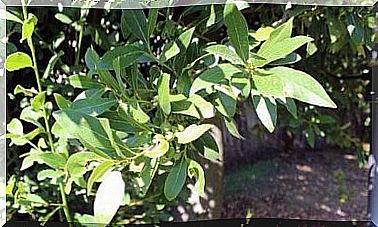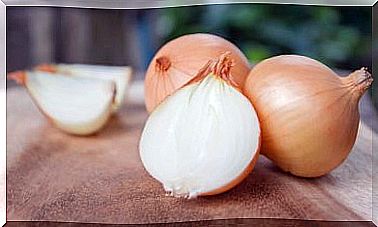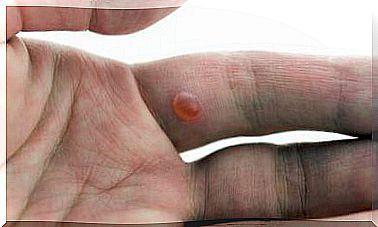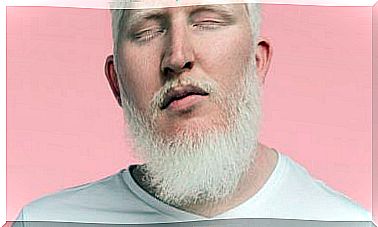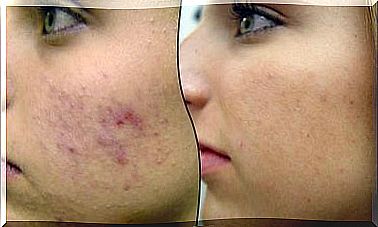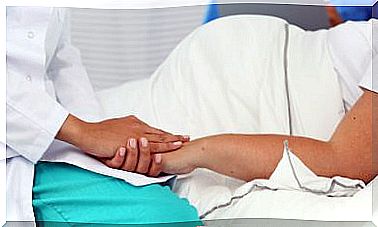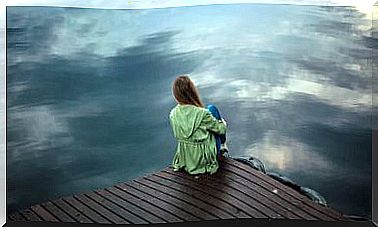What Is Geographic Language?
Geographic tongue or benign migratory glossitis is an alteration of the tongue easily recognizable with the naked eye. Stains and plaques appear on the tongue that can change places, reminiscent of a map. It is not a serious pathology although it can cause discomfort to those who suffer from it.
Tongue anatomy
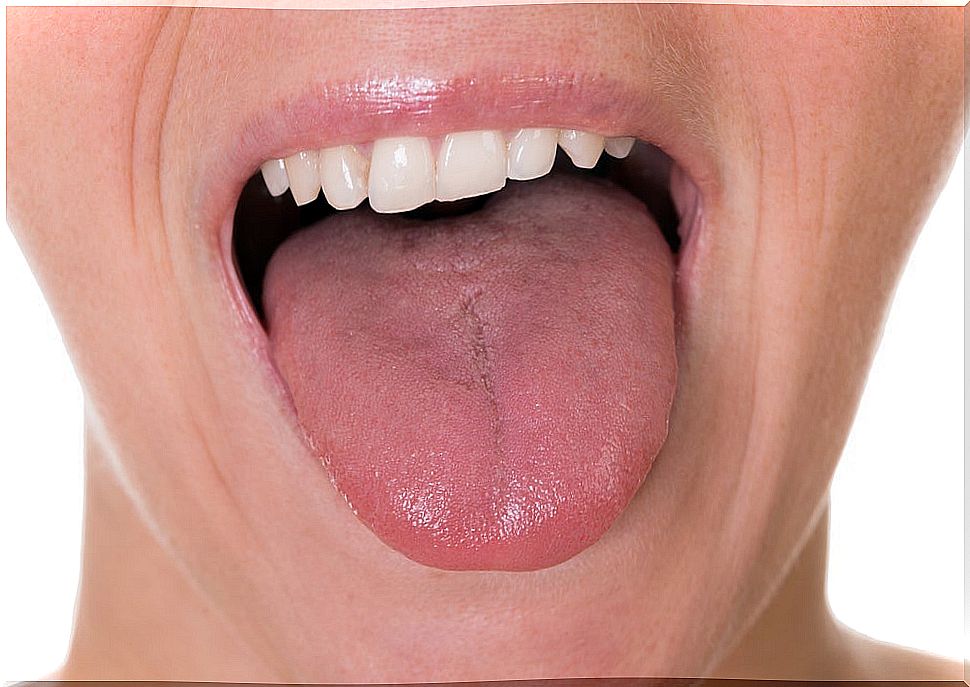
Although it may not seem like it, the tongue is a very complex organ. Actually, the tongue extends to the limit of the oral cavity. It is made up of a set of muscles covered by a mucous layer.
The tongue is made up of three parts:
- Root: it is the back part that forms the floor of the mouth.
- Body: it is what we know colloquially as language.
- Apex or tip of the tongue: most anterior part.
The anterior part of the tongue is what is called the back of the tongue, in communication with the oral cavity and with the pharynx. It has a V-shaped groove with the tip turned back called the terminal groove , which divides the anterior (oral) and posterior (pharyngeal) parts.
At the microscopic level, the back of the tongue is made up of different types of papillae:
- Circunvaladas: the largest, located in front of the terminal furrow.
- Foliate: on the sides of the tongue.
- Filiform: very numerous and responsible for tactile sensitivity.
- Fungiform: more abundant at the edges and at the lingual apex.
Causes of geographic tongue
At the moment, it is not known what causes geographic tongue, although it has been linked to some systemic diseases, such as:
- Asthma.
- Stress.
- Anxiety.
- Atopic dermatitis, psoriasis and other skin diseases.
- Nutritional deficiencies, especially vitamin B deficiency.
Clinic and pathogenesis of geographic tongue
Although the exact cause is not known, what occurs in this pathology is a tongue inflammation that causes alterations on the surface of the tongue. This inflammation causes the papillae to flatten and change the normal structure of the dorsum of the tongue.
Variable scaly areas usually appear , with an erythematous (reddened) center and whitish edges. These lesions are superficial and as the lingual mucosa regenerates rapidly, its morphology and location change. For this reason it is called migratory glossitis.
It does not usually lead to an alteration of the sense of taste since the papillae are renewed normally and the lesions are usually localized. They are also not usually painful, although it can increase sensitivity to some flavors, such as acidic foods or salt.
These flakes can appear from childhood (from 6 months of age) or in adulthood. The lesions can last between months and years, being able to remit or to appear new episodes over time.
Pathological anatomy of the lesions
At the microscopic level, a thickening of the superficial layer can be observed in the lesions , with abundant edema and inflammatory cells such as neutrophils and eosinophils.
Diagnosis of geographic tongue
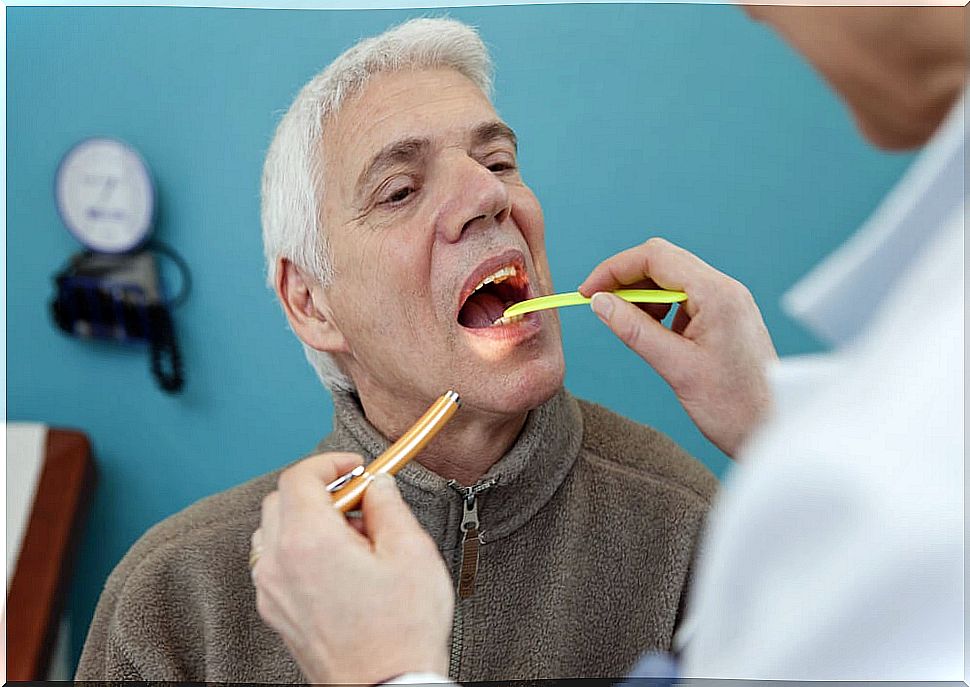
The diagnosis of this entity is usually based on the lingual examination. As we have said, the surface of the tongue has an appearance that is reminiscent of a map. The scaly and reddened areas are observed in the absence of other symptoms. In addition, the patient usually reports that the lesions change location and shape throughout the days.
It is a benign pathology that does not require treatment. The objective of the diagnosis is to rule out other associated pathologies, since sometimes subjects are alarmed by the appearance of the lesions.
After the inspection, the patient’s eating habits can be investigated in search of possible nutritional deficiencies. In these cases, you can take a vitamin complex to counteract the deficit.
Even so, in most cases it has no impact of any kind on the patient’s life. In addition, the lesions disappear on their own after a while and, although they reappear, it does not indicate the evolution to any type of more serious pathology.
